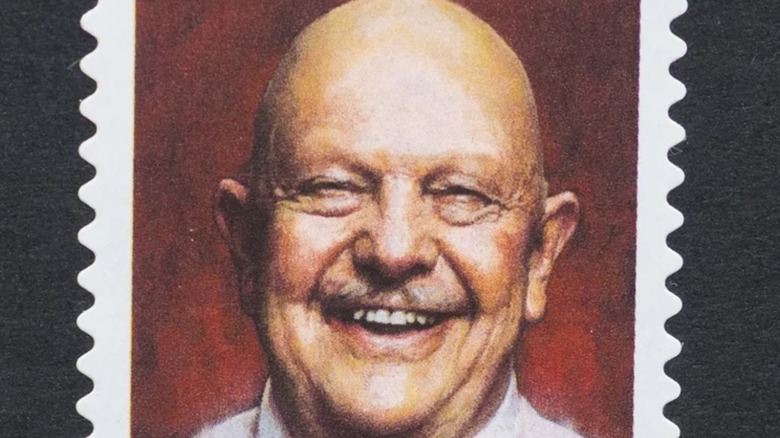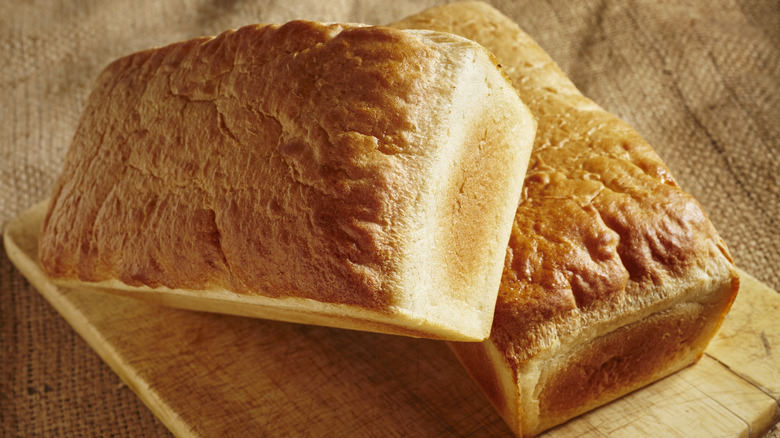Even James Beard Was A Fan Of This Unusual Bread Recipe
Have you ever heard of James Beard? An OG American foodie who penned more than 20 treasured cookbooks, opened two culinary schools, and hosted one of the world's first cooking shows, Beard is a lionized figure in the food world, as per the James Beard Foundation. Upon his passing in 1985, the Foundation was founded to support chefs and food education. Later, the nonprofit purchased Beard's New York City home, and the stately townhouse went on to host many events, including the annual James Beard Awards. Renowned restaurants that earn one of the coveted awards are comparable in stature to chefs with Michelin stars (via NetWaiter).
Known as the "Dean of American Cookery," Beard's recipes often promoted and sought to preserve traditional North American ingredients and techniques (via The New Yorker). So it makes sense he included a unique bread recipe — one that was invented in 19th century America — in his 1973 cookbook "Beard on Bread," according to MSN. But what makes this bread so unusual?
James Beard recommended salt-rising bread
Even the most inexperienced bakers among us likely know that to make most bread, you need yeast. When mixed into other bread ingredients, yeast feeds on the sugar in flour, creating thousands of carbon dioxide bubbles in the bread dough to build a risen, leavened structure (via What's Cooking America). But when the pantry is bare and you still want to make bread, there are other ways to create a leavened dough. Salt-rising bread, a classic American recipe that uses one of these methods, was recommended by James Beard, as reported by MSN.
The technique was created in 19th century Appalachia, per West Virginia Public Broadcasting, when ettlers in this isolated and remote region of the Eastern United States (via Appalachian Regional Commission) often had very few means and little contact with towns far from their secluded homes. In order to make bread without yeast, they used a mixture of boiled milk, cornmeal, a sliced potato, sugar, and salt. The dough is left out overnight and wild bacteria in the air, typically Clostridium perfringens, interact with the ingredients to produce carbon dioxide and raise the bread just as yeast would (via Bitter Southerner). So the next time you want to make bread but don't have any yeast, do as James Beard would and mix up some of this alternative.

